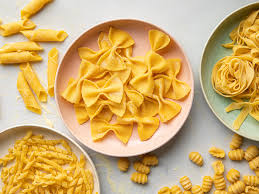
How to Make Pasta from Scratch Without a Machine
How to Make Pasta from Scratch Without a Machine best ideas Homemade pasta is a delightful culinary adventure that goes beyond the ordinary. There’s something incredibly satisfying about crafting your pasta from scratch, and the best part is, you don’t need a fancy pasta machine to do it. In this guide, we’ll walk you through the art of making pasta at home without any specialized equipment.
Introduction
A. Brief Overview of Homemade Pasta
There’s a unique charm to homemade pasta that transcends the convenience of store-bought options. The aroma of fresh ingredients and the hands-on process contribute to a truly authentic dining experience.
B. Significance of Making Pasta from Scratch
Making pasta without a machine allows you to connect with your food on a deeper level. It’s a rewarding process that enables you to control the quality of ingredients and customize the pasta to suit your taste preferences.
Ingredients and Equipment
A. Gathering Essential Ingredients
To initiate this culinary adventure, collect a selection of simple yet indispensable ingredients that lay the groundwork for crafting a fantastic homemade pasta. The fundamental components include flour, eggs, salt, and olive oil.
1. Flour:
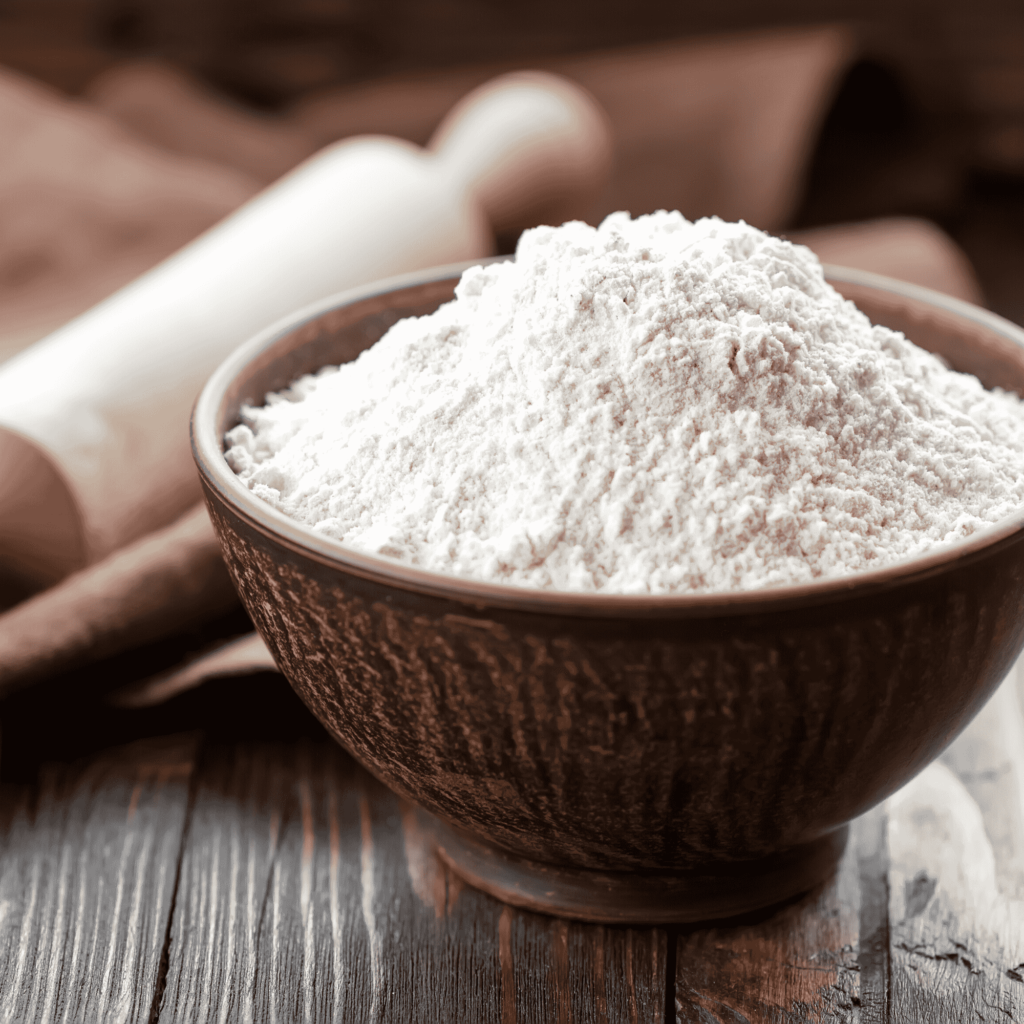
The primary building block of your pasta dough, flour provides the necessary structure and texture. Opt for high-quality all-purpose flour or experiment with alternatives like semolina or whole wheat for diverse flavors and textures.
2. Eggs:
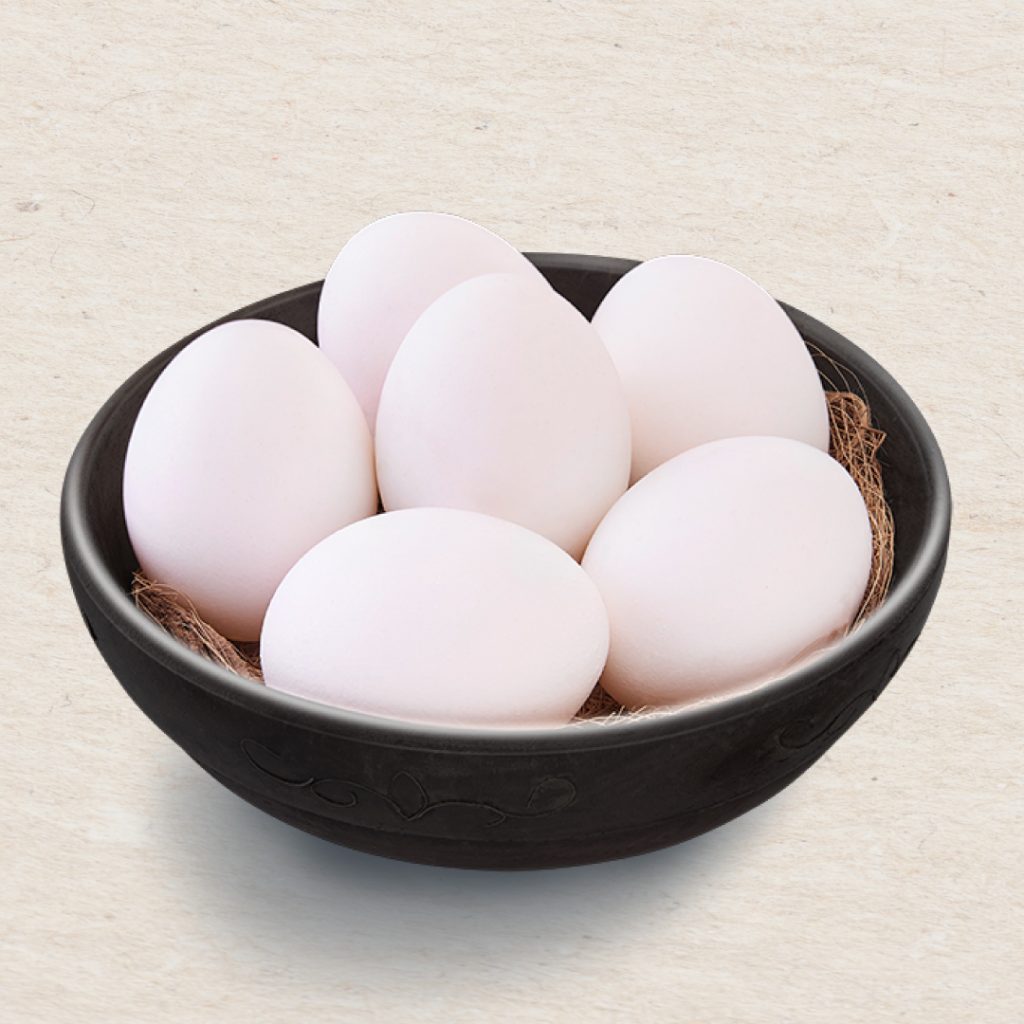
Eggs contribute richness and act as a binding agent in the pasta dough. Choose fresh, high-quality eggs for optimal results. Some recipes may allow for variations like using only egg yolks for a richer pasta or egg substitutes for dietary preferences.
3. Salt:
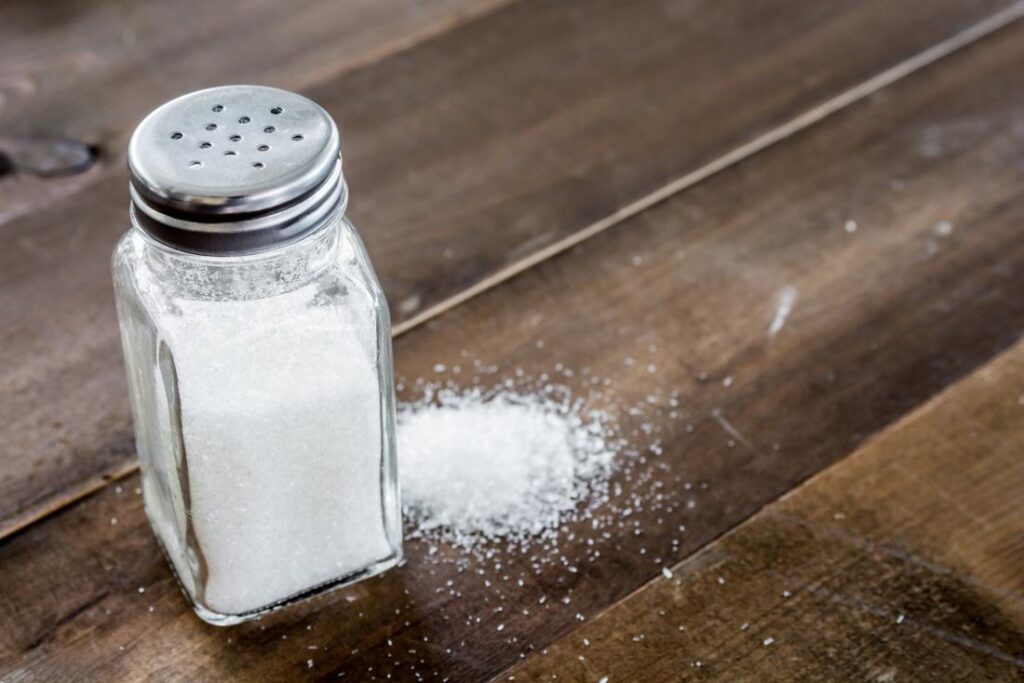
Salt is the flavor enhancer that elevates the taste of your homemade pasta. It balances the sweetness of the flour and adds depth to the overall flavor profile. Use a fine salt for even distribution throughout the dough.
4. Olive Oil:
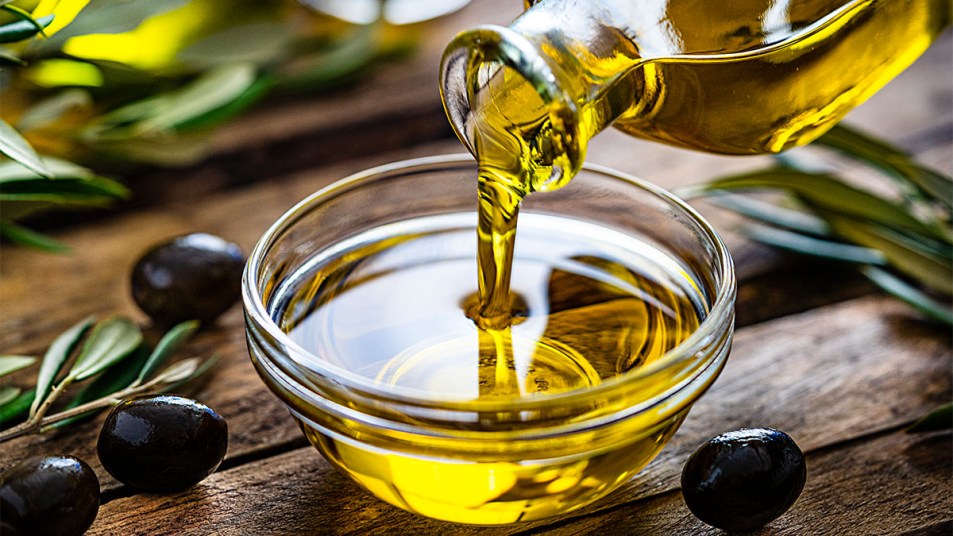
Olive oil introduces a subtle richness to the pasta dough and aids in achieving a smooth consistency. It also enhances the flavor profile, providing a hint of Mediterranean flair. Opt for extra-virgin olive oil for its robust taste.
As you embark on your pasta-making journey, ensuring the quality and freshness of these basic ingredients will significantly contribute to the success of your homemade pasta. Experimenting with different variations of these essentials allows for a personalized touch, making each batch of pasta a unique and delightful creation.
Step-by-Step Guide
A. Mixing and Kneading the Dough
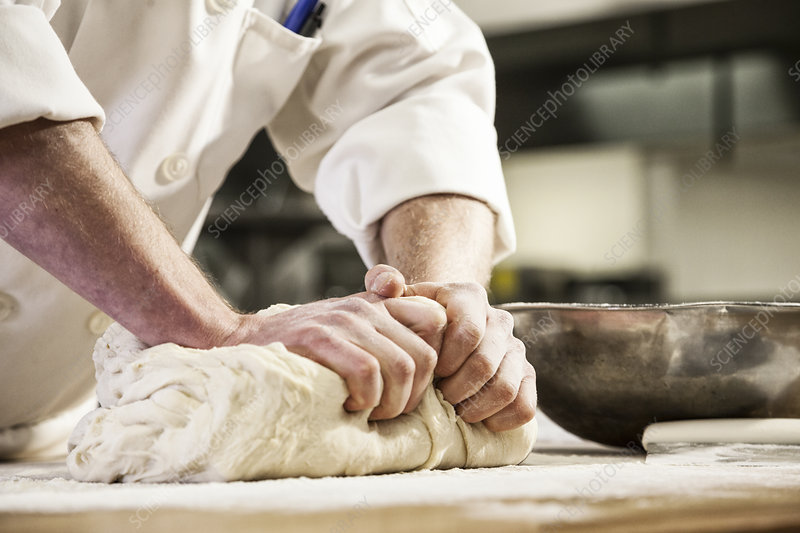
Commence the pasta-making process by forming a well with the flour, creating a central space for the incorporation of essential ingredients. Introduce eggs, salt, and olive oil into this well, initiating the amalgamation that will result in your pasta dough. Execute the kneading process diligently, applying consistent pressure and motion to foster the development of a smooth and cohesive consistency within the dough. This foundational step is crucial, as it sets the stage for the subsequent stages of pasta creation.
B. Rolling Out the Dough Without a Machine
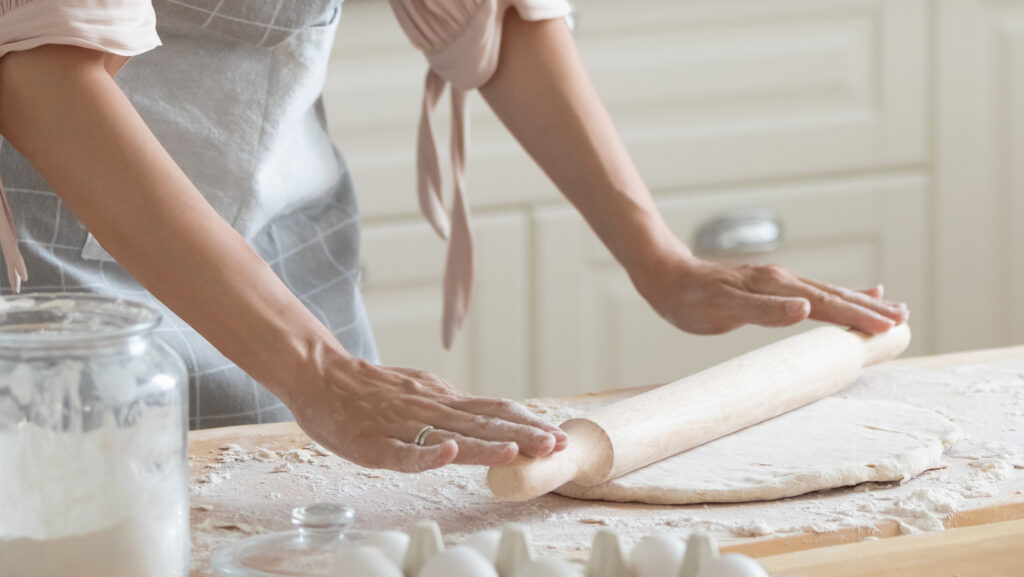
Become proficient in the skill of rolling out the pasta dough, a step that demands precision and finesse. Aim to achieve a thin and uniform thickness throughout the dough, as this aspect plays a pivotal role in determining the ultimate texture of your homemade pasta. Mastering this art ensures that each strand of pasta possesses the ideal balance between thickness and delicacy, contributing to a delightful dining experience. Read more
C. Cutting the Pasta into Desired Shapes
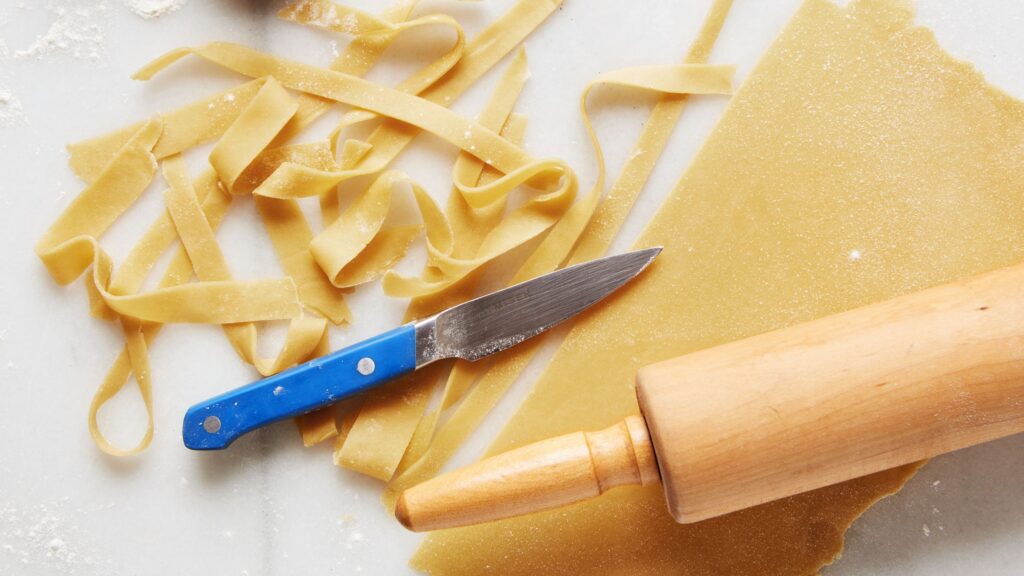
Explore the realm of pasta shapes without the reliance on a machine, using a sharp knife as your primary tool. From the classic elegance of fettuccine to the whimsical allure of shapes like farfalle, the possibilities are vast. Embrace the freedom to customize your pasta shapes according to preference, knowing that a well-honed knife is your best ally in this creative and hands-on process.
D. Tips for Achieving the Perfect Consistency
Attaining the perfect consistency in your pasta dough requires attention to detail and a keen understanding of the interplay between flour and moisture. Maintain a delicate balance throughout the mixing and kneading process, ensuring that the dough neither becomes too dry nor excessively sticky. Additionally, be mindful of the thickness of the pasta as you roll it out—adjust according to personal preference to achieve a texture that is both delightful and satisfying. These nuanced tips contribute to the overall success of your homemade pasta, elevating it from a simple dish to a culinary masterpiece. Related
Types of Pasta You Can Make
A. Exploring Various Pasta Shapes
Embark on a journey of discovery as you delve into the rich tapestry of pasta shapes, ranging from the straightforward allure of spaghetti to the sophisticated elegance of pappardelle. Each distinct shape contributes to a unique and memorable dining experience, offering a variety that extends far beyond the familiar. Immerse yourself in the world of pasta shapes, where creativity and tradition converge to add a delightful complexity to your culinary repertoire.
B. Choosing the Right Shape for Different Sauces
Elevate your pasta experience by understanding the nuanced art of pairing different pasta shapes with specific sauces. This consideration is not merely aesthetic; it significantly impacts the overall flavor and texture of the dish. Learn to discern which pasta shape complements and enhances the characteristics of various sauces, from hearty ragù to delicate olive oil-based dressings. As you master the art of choosing the right shape for different sauces, you unlock a realm of culinary possibilities, transforming your homemade pasta into a gastronomic masterpiece tailored to delight the senses. Tech
Cooking Homemade Pasta
A. Boiling the Pasta to Perfection
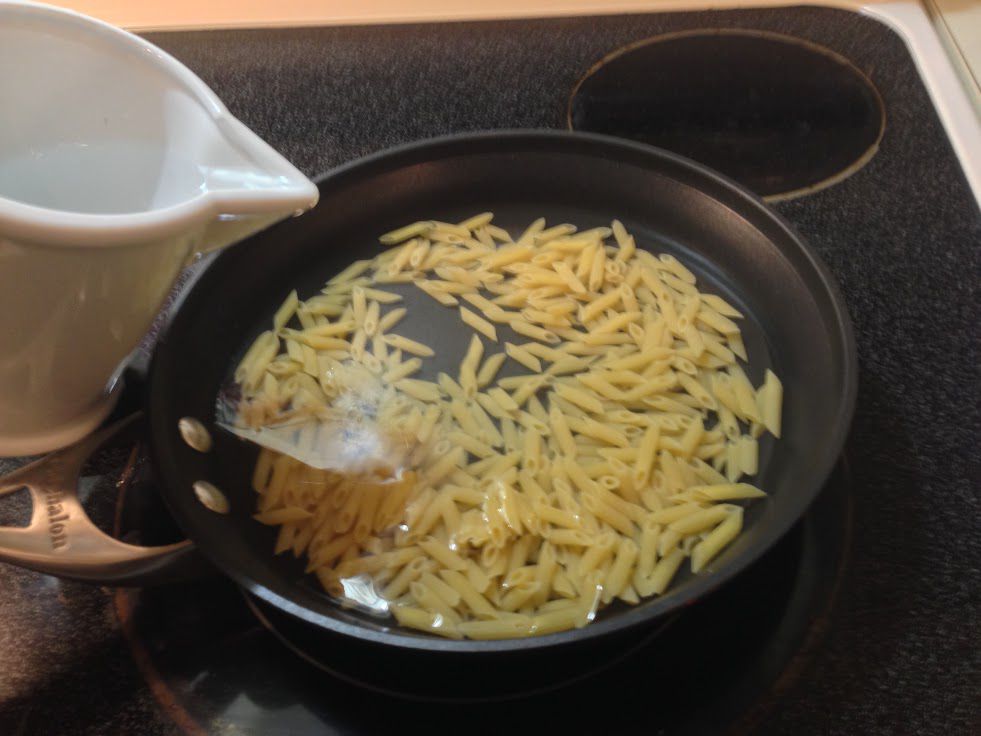
Uncover the nuances of boiling your homemade pasta to achieve culinary perfection. In this phase of the pasta-making journey, timing becomes a critical element in attaining the coveted al dente texture. Delve into the secrets that transform a pot of boiling water and raw pasta into a symphony of flavors and textures. Learn the precise moments that mark the transition from raw to perfectly cooked, ensuring each strand or shape of pasta embodies that ideal balance between tenderness and resilience.
B. Testing for Doneness Without Overcooking
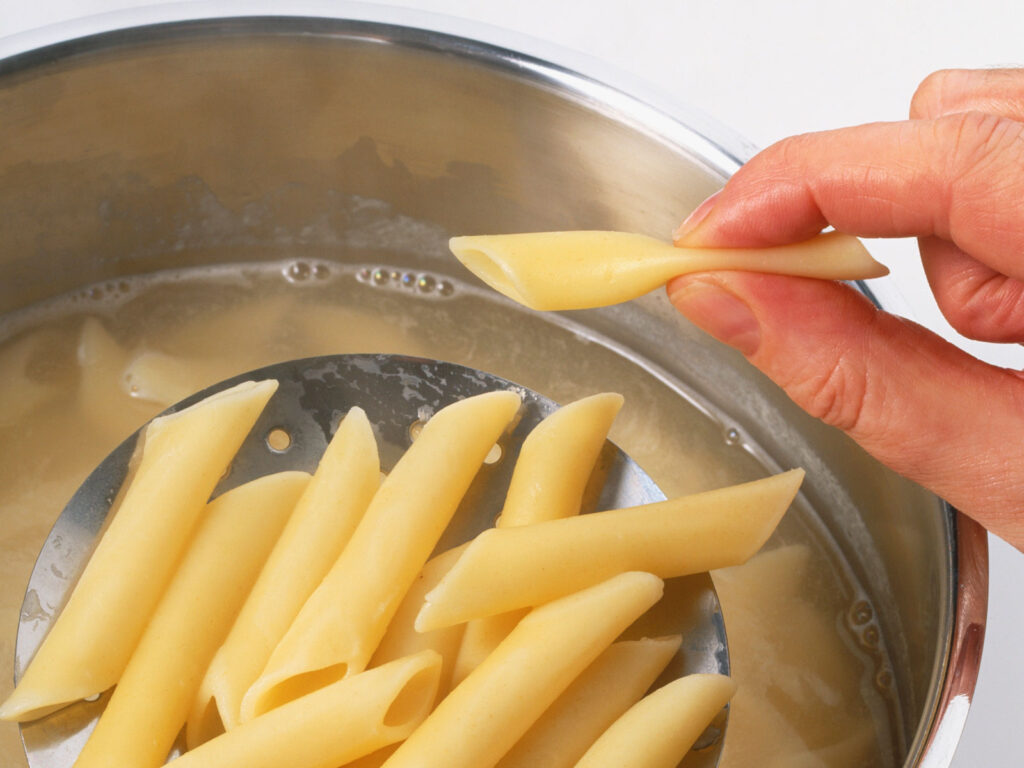
Master the art of testing your pasta for doneness without the pitfalls of overcooking. Discover simple yet effective methods that allow you to gauge the readiness of your pasta accurately. Whether it’s the classic toss against the wall technique or the more subtle tactile methods, these tricks will guide you in determining when your pasta has reached that sweet spot of al dente perfection. By honing these skills, you ensure that your homemade pasta maintains its optimal texture, contributing to a consistently delightful dining experience.
Flavorful Variations
A. Adding Herbs and Spices to the Dough
Take your homemade pasta to new heights by enhancing its flavor profile through the incorporation of herbs and spices directly into the dough. Elevate this fundamental element of pasta-making by experimenting with various combinations, infusing the dough with aromatic herbs and flavorful spices. This step not only imparts a nuanced and savory essence to your pasta but also allows for a personalized touch, turning each batch into a unique culinary creation.
B. Infusing Unique Flavors into the Pasta
Embark on a journey of culinary creativity as you explore inventive ways to infuse distinctive flavors into your homemade pasta. From the robust intensity of sun-dried tomatoes to the intriguing allure of squid ink, the possibilities are diverse and visually striking. Experimenting with these unique flavor infusions adds a layer of sophistication to your pasta, transforming it into a sensory delight that goes beyond the ordinary. This exploration of flavors allows you to craft pasta dishes that are not only delicious but also showcase your culinary ingenuity.
Storing and Freezing
A. Proper Storage Techniques
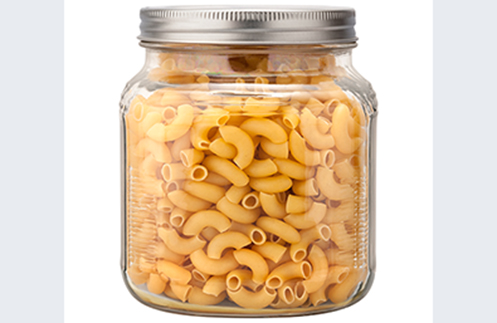
Secure the lasting freshness and quality of your homemade pasta by mastering the art of proper storage. In this crucial step, understanding effective techniques is paramount to prevent clumping and preserve the pasta’s delightful texture. Explore valuable tips that go beyond mere containment, ensuring your pasta remains as delightful as the moment it was crafted. From selecting the right containers to strategic placement, these insights contribute to the longevity of your homemade pasta, allowing you to savor its excellence over time.
B. Freezing Homemade Pasta for Future Use
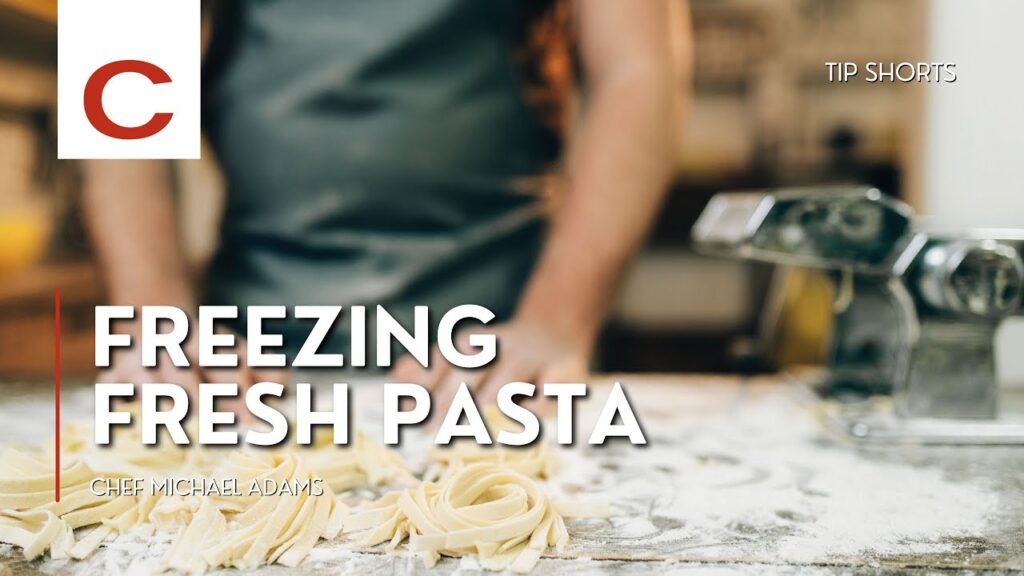
Unlock the convenience of having delectable homemade pasta at your fingertips by delving into the realm of freezing for future use. This step not only provides a solution for busy days but also allows you to extend the life of your culinary creations. Discover and implement proper freezing techniques to safeguard the integrity of your pasta, ensuring it retains its flavor and texture when thawed. This culinary foresight not only adds efficiency to your meal preparation but also guarantees a delightful homemade experience even on the most time-pressed occasions.
Troubleshooting Common Issues
A. Addressing Common Problems in the Pasta-Making Process
Navigate the intricacies of pasta-making with confidence by addressing and troubleshooting common issues that may arise. Whether faced with sticky dough or uneven thickness, understanding these challenges is crucial for ensuring a seamless pasta-making experience. This step-by-step guide empowers you to encounter these obstacles head-on, providing solutions to maintain the quality and consistency of your pasta. By being equipped with the knowledge to tackle these common problems, you transform potential hurdles into opportunities for growth in your culinary skills.
B. Quick Fixes for Common Mistakes
Acquire the expertise to swiftly and effectively address common mistakes encountered during the pasta-making process. From minor mishaps to unforeseen errors, this guide equips you with quick fixes that allow you to salvage your pasta-making endeavors without the need to start from scratch. These solutions serve as invaluable tools in your culinary arsenal, providing the means to overcome challenges in real-time and ensuring that the joy of crafting homemade pasta is not compromised by occasional missteps.
Benefits of Making Pasta from Scratch
A. Superior Taste and Texture
Immerse yourself in the extraordinary realm of flavor and texture by savoring the unparalleled qualities of fresh, homemade pasta that far exceed the offerings of commercial alternatives. This culinary journey promises a sensory delight as you experience the nuanced taste and tender yet resilient texture that characterize pasta crafted with care and attention in your own kitchen. The distinctiveness of homemade pasta elevates your dining experience, creating a moment of gastronomic pleasure that is truly unmatched.
B. Customization Options for Dietary Preferences
Embark on a personalized pasta adventure by tailoring your creations to align with specific dietary preferences. Whether you opt for a gluten-free variation, embrace the richness of a vegan rendition, or infuse your pasta with targeted nutrients, the possibilities are expansive. This level of customization empowers you to cater to individual tastes and dietary needs, transforming the act of making pasta into a versatile and inclusive culinary endeavor. With homemade pasta, you have the creative freedom to craft dishes that not only meet but exceed the expectations of diverse dietary preferences.
Sharing the Experience
A. Making Pasta a Social Activity
Elevate the joy of pasta-making by turning it into a social activity, extending invitations to friends and family to join in the culinary fun. This shared experience not only adds a delightful communal aspect to the pasta-making process but also serves as an excellent opportunity to strengthen bonds and forge lasting memories. As laughter fills the kitchen and hands come together to craft delicious pasta, the act of making this beloved dish transforms into a shared adventure, creating moments that resonate far beyond the dining table.
B. Bonding Over Homemade Meals
Delve into the heartwarming experience of bonding over homemade pasta meals with your loved ones. As you gather around the table to enjoy the fruits of your collective labor, a profound sense of connection and togetherness emerges. The shared act of preparing and savoring homemade pasta becomes more than just a meal—it becomes a ritual that deepens relationships, fostering a unique and cherished bond. The joy of sharing these homemade creations adds a special dimension to the dining experience, creating a tapestry of moments woven with the threads of love, laughter, and shared culinary delight.
Sustainability Aspect
A. Reducing Packaging Waste
Embrace sustainability by adopting the practice of making pasta at home, a conscious choice that contributes to the reduction of packaging waste. By crafting your pasta from scratch, you significantly diminish the reliance on pre-packaged products, thereby minimizing your environmental footprint. This eco-friendly approach aligns with a commitment to environmental stewardship, offering a simple yet impactful way to contribute to a healthier planet. Making pasta at home becomes not just a culinary endeavor but also a meaningful step towards a more sustainable and eco-conscious lifestyle.
B. Using Locally Sourced Ingredients
Demonstrate support for local communities and reduce your carbon footprint by opting for fresh, locally sourced ingredients in your homemade pasta recipes. By utilizing produce and staples from nearby farmers and producers, you not only contribute to the local economy but also ensure the freshness and quality of your ingredients. This intentional choice reflects a commitment to sustainability and ethical consumption, emphasizing the value of supporting regional agriculture. Through the incorporation of locally sourced ingredients, your homemade pasta becomes a testament to the interconnectedness of the culinary world and the broader community.
Popular Myths Debunked
A. Dispelling Common Misconceptions About Homemade Pasta
Challenge and dispel prevailing myths surrounding homemade pasta, shedding light on the simplicity and accessibility inherent in the process. By addressing common misconceptions, this exploration aims to demystify any perceived complexities associated with crafting pasta from scratch. Through clarification and encouragement, readers are invited to embrace the joy of homemade pasta without the weight of unfounded concerns, fostering a newfound confidence in their culinary endeavors.
B. Highlighting the Simplicity of the Process
Reassure readers that the process of making pasta from scratch is inherently straightforward, dispelling any apprehensions related to complexity or difficulty. This section serves as a reassuring guide, emphasizing the ease with which one can embark on the pasta-making journey. By highlighting the simplicity of the process, readers are encouraged to approach homemade pasta with a sense of ease and excitement, confident in their ability to create a delightful and satisfying dish without unnecessary hurdles.
Healthier Alternative
A. Comparing Nutritional Value to Store-Bought Pasta
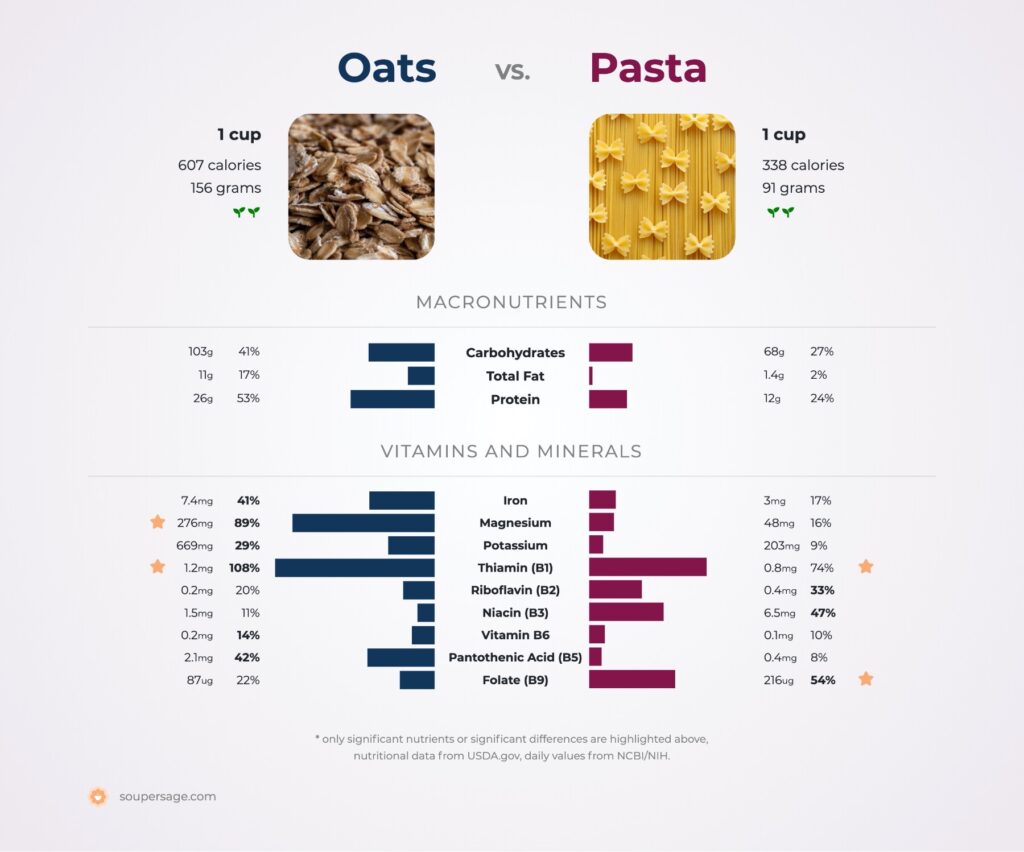
Illuminate the nutritional advantages of homemade pasta by conducting a comparative analysis with store-bought alternatives. This exploration aims to underscore the inherent health benefits of crafting pasta from scratch, offering insights into the quality and composition of ingredients. By contrasting homemade pasta with its commercial counterparts, readers gain a clearer understanding of the nutritional value, paving the way for informed choices that contribute to a healthier lifestyle.
B. Promoting a Healthier Lifestyle

Urge readers to embrace the nutritional advantages of homemade pasta as a means to foster a healthier lifestyle. Beyond being a delectable addition to the diet, homemade pasta embodies a commitment to wellness. This section advocates for the incorporation of nutritious, freshly made pasta into daily meals, encouraging a shift towards mindful and health-conscious choices. By promoting the intrinsic health benefits of homemade pasta, readers are empowered to make dietary decisions that align with their wellness goals.
Showcasing Success Stories
A. Real-Life Accounts of Successful Homemade Pasta Endeavors
Immerse yourself in inspiring narratives of individuals who have successfully mastered the art of crafting pasta at home. These real-life accounts serve as a testament to the joy, satisfaction, and culinary triumph that await those who embark on the pasta-making journey. By sharing these success stories, readers are motivated and inspired, realizing that the path to homemade pasta mastery is navigable and filled with the potential for delicious achievements in their own kitchens.
B. Encouraging Readers to Share Their Experiences
Foster a sense of community and camaraderie by extending an invitation to readers to share their own experiences with homemade pasta. This interactive approach transforms the exploration of pasta-making into a collective endeavor, creating a space where individuals can exchange tips, anecdotes, and triumphs. By encouraging readers to share their unique perspectives and challenges, a supportive online community emerges, offering guidance, motivation, and a shared passion for the art of crafting pasta at home.
Conclusion
A. Summarizing the Joy and Satisfaction of Making Pasta from Scratch
How to Make Pasta from Scratch Without a Machine best ideas In summary, relish the joy and satisfaction that unfolds through the hands-on process of crafting pasta at home. This culinary endeavor goes beyond the creation of a meal; it establishes a unique connection to food. The tactile experience, the aroma of fresh ingredients, and the sense of accomplishment converge to create a truly gratifying and memorable journey into the heart of homemade pasta.
B. Encouraging Readers to Embark on Their Pasta-Making Journey
As we conclude, let this be an invitation to our readers: embrace the world of homemade pasta with open arms. Take that first step with confidence and enthusiasm, knowing that the joy of the pasta-making journey is waiting to be discovered in your own kitchen. Whether you’re a novice or a seasoned chef, the satisfaction derived from creating your pasta is unparalleled. Start this culinary adventure with eagerness, and let the delicious possibilities unfold as you immerse yourself in the art of crafting pasta from scratch.
FAQs
Is making pasta from scratch difficult?
Making pasta from scratch is surprisingly simple and rewarding. With a bit of practice, anyone can master the art of homemade pasta.
Can I use alternative flours for homemade pasta?
Absolutely! Experiment with different flours like whole wheat, semolina, or even gluten-free options to suit your dietary preferences.
How long does it take to make pasta without a machine?
The process typically takes about 1-2 hours, including preparation, kneading, rolling, and cooking time.
Can I freeze homemade pasta for later use?
Yes, homemade pasta freezes well. Ensure it’s properly dried before freezing to prevent sticking.
What is the ideal thickness for homemade pasta?
The ideal thickness depends on personal preference, but generally, a thin and uniform consistency is desirable for most pasta dishes.
